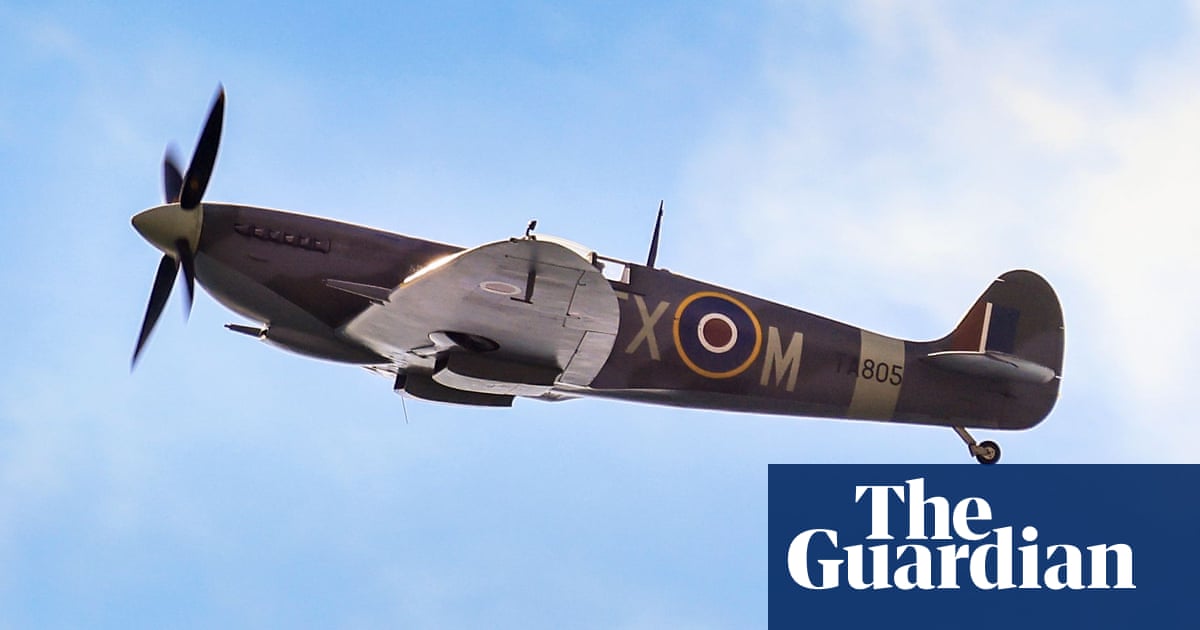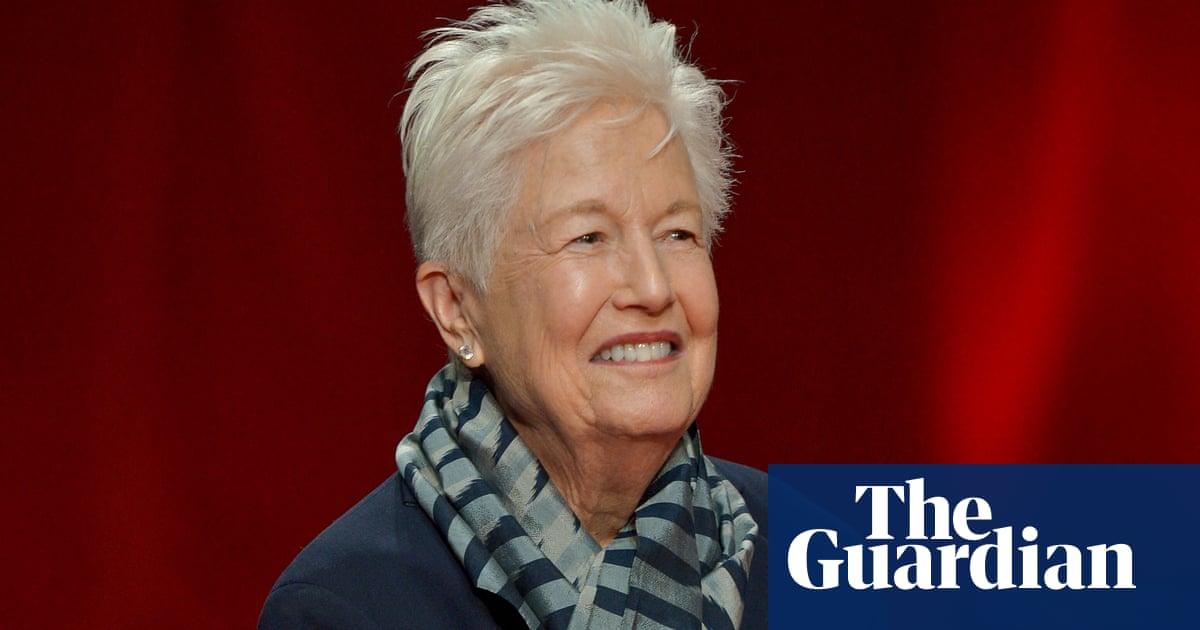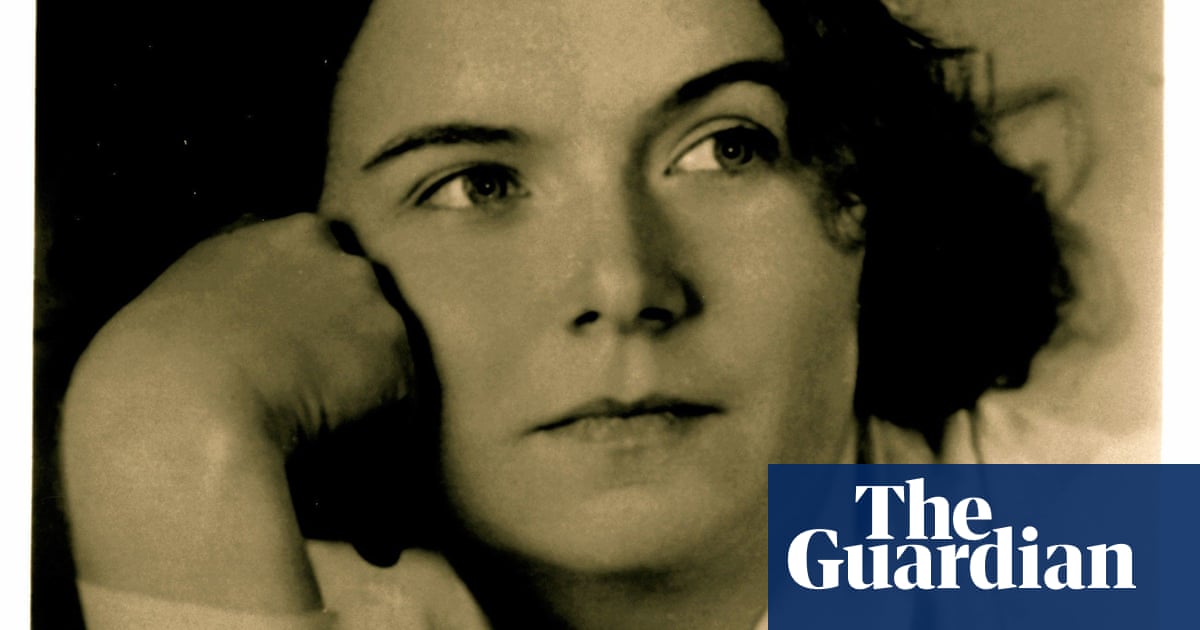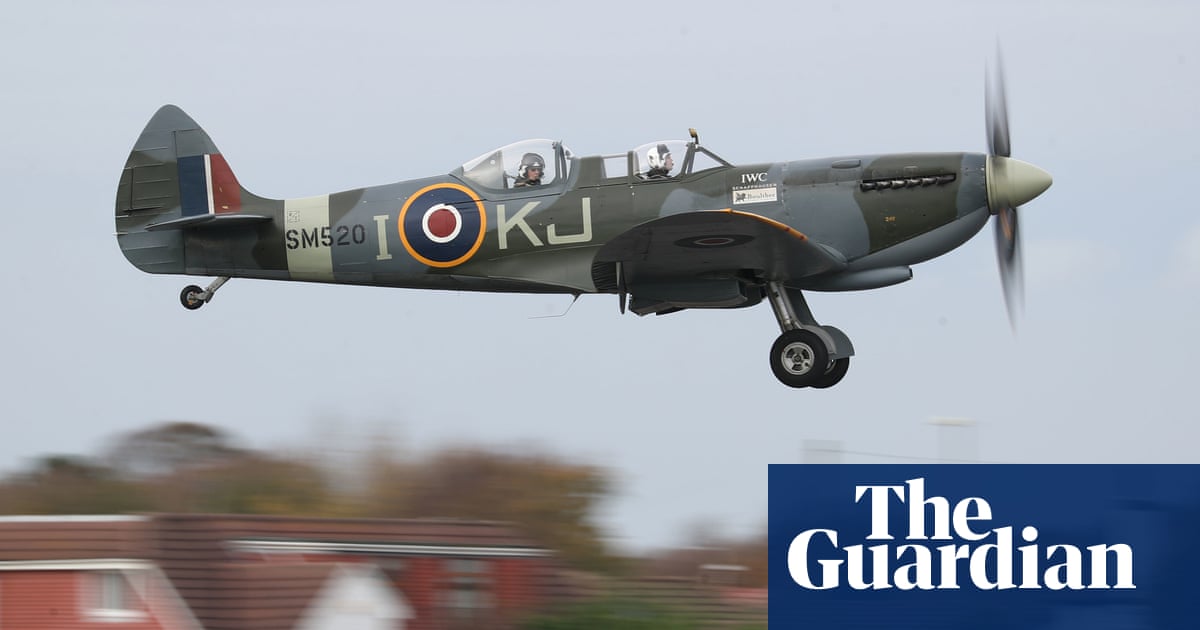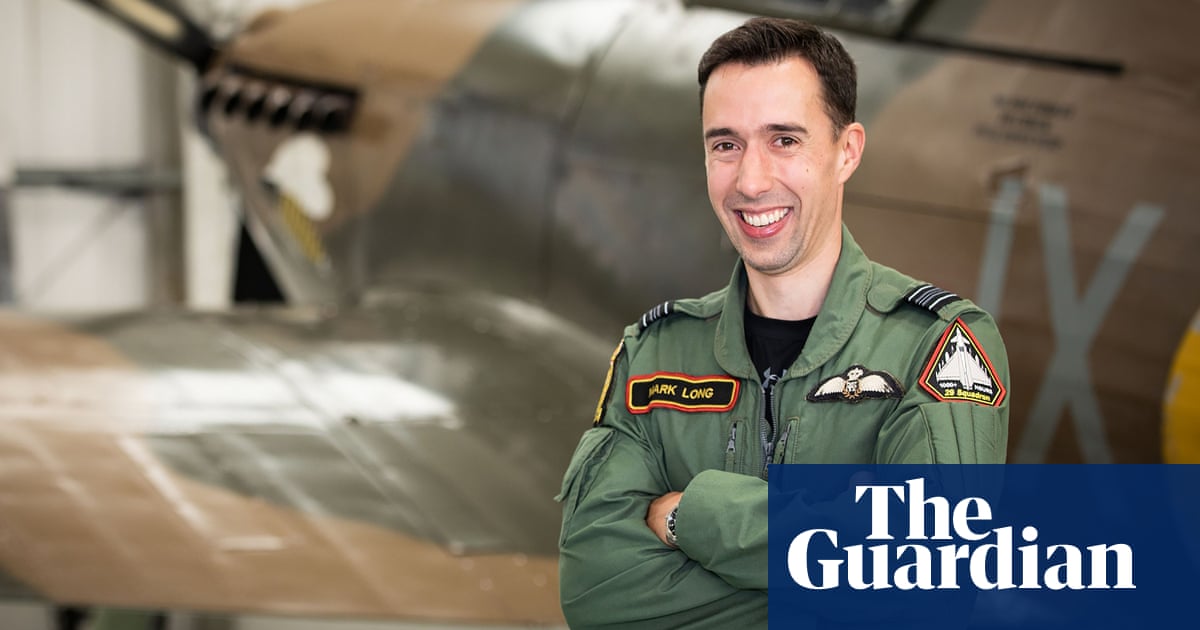
A trailblazing pilot who was one of the last surviving women to have taken on the task of transporting aircraft to the frontlines of the second world war has died at the age of 103.
Nottingham-born Eleanor Wadsworth, who served as one of the RAF’s “Spitfire women” during the conflict, died in December in Bury St Edmunds, Suffolk after a short illness. She was one of about 165 women who flew without instruments, flying instructions or radios.
Operating out of White Waltham in Berkshire, the Air Transport Auxiliary (ATA) programme trained female pilots to fly numerous types of aircraft and played a crucial part in ensuring the RAF was able to fight.
Like many of the pilots, Wadsworth joined the ATA in 1943 after seeing an advertisement for female pilots. “The thought of learning to fly for free was a great incentive. I put my name down and didn’t think much about it,” she said in 2020.
Like many of the pilots, her favourite machine was the Spitfire, which she flew more than 130 times and described as a beautiful aircraft that was great to handle.
The author Karen Borden, who interviewed Wadsworth for an upcoming book, told the BBC that “like many of the women pilots, she was incredibly humble about her contribution to the war effort”.
“She joked about how flying ‘straight and level’ was her mark ... and how marvellous it was to take to the air on her own,” Borden said.
The exploits of the female pilots have been given more attention recently after Giles Whittell’s 2008 book, Spitfire Women of World War II, put them in the spotlight.
Diana Barnato Walker, who died in 2008 aged 90, delivered 260 unarmed Spitfires from factories to RAF airfields between 1942 and 1945. Joy Lofthouse joined the ATA with her sister in 1943 and flew aircraft – including Barracuda bombers, Mustang fighters and Spitfires – from factories to the front line.
Mary Ellis, who died in 2018, flew 76 types of aircraft and managed 1,100 flying hours. Molly Rose flew 486 aircraft and survived a crash after experiencing total engine failure while flying a Swordfish in Shropshire.
About 165 female and 1,153 male pilots flew planes from factories to the frontlines during the war. It was incredibly dangerous work, with the pilot’s only map strapped with elastic to their calf. Fifteen women died in action.
When the ATA was wound up in November 1945, more than 309,000 aircraft had been transported to the frontlines, with pilots clocking up more than 400,000 hours of flying time.




